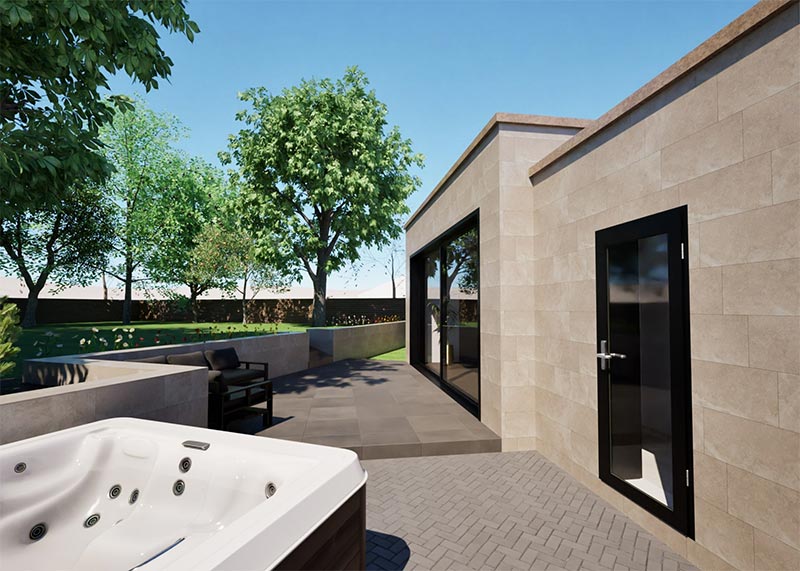
By James Butterworth at Studio J Architects
Virtual reality is commonplace in video gaming – but it’s also now a powerful tool for householders looking to make home improvements.
At Leeds architect Studio J, our team is pioneering the use of virtual reality in architecture as a way to help people visualise how their home can be transformed.
Why is virtual reality useful for home improvements?
We’re extension specialists, and VR is useful when it comes to creating more or bigger rooms in their property. That’s because VR allows people to be immersed in the space before a single brick has been laid. It’s far simpler to take a walk through a design than to understand a 2D drawing and imagine how it will appear in real life.
With VR in architecture, you can stand at the door of your dream kitchen and see how it will be affected by the light or changing of the seasons. You can stroll down a new hallway or take a tour of your new en-suite bedroom. All without leaving the (very real) room you are sitting in.
The other benefit of VR in architecture is that it allows for seamless collaboration. Once the VR design of your improvements is created, it can be shared. Shared with contractors, friends and family – no matter where in the world they are. We can also use VR designs to identify any adjustments that might be needed or test specific design features.

VR in architecture can save you time – and money
Home improvements take many months or even years to complete. Changing work that has already started can set you back a considerable amount of extra time and money. By using virtual reality services, you get a realistic sense of how improvements will look or feel at an earlier stage, well before construction begins. It’s then easier to give detailed feedback to your architects, who can then amend a draft of the design as needed. This saves valuable time – and in the long run, keeps your budget on track too. Virtual reality can also be used as part of designing a new build property or a modern barn conversion. Usually the larger a project is, the greater the benefits will be to the property owner.
How architects add VR to their designs
Our team of Wakefield architects has pioneered the use of VR in architecture in the north. We’re adept at adding this extra layer of complexity to a home improvement design. However using the latest technology does take longer to achieve than a standard 2D plan – around double the time. We create our usual drawings, plans and elevations. Then we transfer them to specialist software TwinMotion, a cutting-edge real-time visualisation tool. This allows us to add in all the realistic context which brings designs alive.
The level of detail we can incorporate is impressive. Art on the walls, duvet covers and flowers are all examples of the features that can be added. Finally, Meta Quest Pro 3 is the VR headset system we use so clients can walk around the design in real-time. We can also create a recorded video of the experience that can be shared with friends and family.
Home improvements can be stressful. We find clients really appreciate the opportunity to visually remind themselves it will all be worth it through these videos.
About the author
Studio J is a RIBA-chartered architect’s practice which has worked on more than 750 properties across the north of England.
We specialise in home extensions in Wakefield, Leeds, Yorkshire and beyond.
